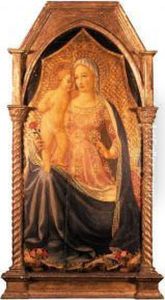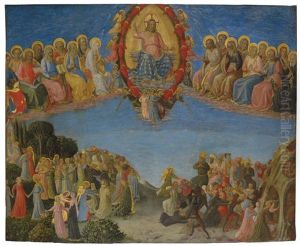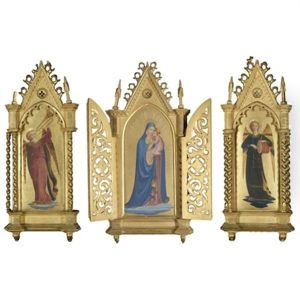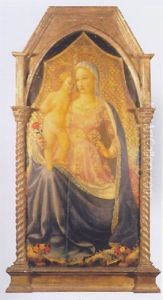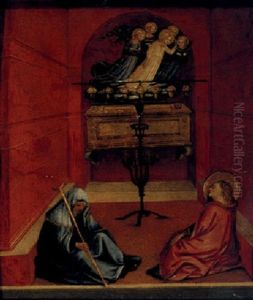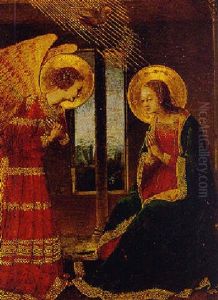Zanobi Di Benedetto Strozzi Paintings
Zanobi di Benedetto Strozzi, born in 1412 in Florence, Italy, was a prominent figure in the early Renaissance period, known for his contributions as a painter and manuscript illuminator. Coming from the distinguished Strozzi family, which played a significant role in the economic, political, and cultural life of Florence, Zanobi was positioned in a context that valued and patronized the arts. Despite the overshadowing fame of contemporaries like Fra Angelico, with whom he is believed to have trained, Strozzi managed to carve out his own niche and achieve recognition for his meticulous and devoutly expressive works.
His artistic career is primarily noted for the delicate precision in his illuminations and panel paintings, which often featured religious themes, a reflection of the deeply spiritual climate of Florence during his lifetime. Zanobi's works are characterized by their vivid colors, attention to detail, and the serene, harmonious compositions that were hallmarks of the period's aesthetic ideals. Among his notable works are contributions to the decoration of the San Marco convent in Florence, where his ability to infuse narrative scenes with emotional depth and spiritual intensity was evident.
Strozzi's illuminations, which include several choir books for the Florence Cathedral (Santa Maria del Fiore), are celebrated for their intricate designs and the vibrant use of gold leaf, which demonstrate the artist's skill and the luxury of Florentine book production during the Renaissance. His panel paintings, though fewer in number, also contribute to his legacy, showcasing his proficiency in handling both large and small-scale compositions.
Despite his achievements, Zanobi di Benedetto Strozzi's work was somewhat eclipsed in the centuries following his death in 1468, as the towering figures of the High Renaissance came to dominate the narrative of art history. However, renewed interest in the early Renaissance and the broader scope of Florentine art production has led to a greater appreciation of Strozzi's contributions in recent years. Today, his works are held in high esteem, recognized for their beauty and for the insight they offer into the devotional and artistic practices of his time.
